Secret Navy Monitoring System Recorded Titan Sub Implosion Days Ago
US Navy has been quietly investing in an advanced deep-sea sensor network.
The recent discovery of wreckage near the Titanic’s remains has left the five passengers presumed dead, fueling the search for answers and raising questions about the Navy’s monitoring capabilities. In fact, the US Navy has been quietly investing in an advanced deep-sea sensor network, which reportedly recorded the implosion of the ill-fated Titan submersible hours after it entered the water, according to The Wall Street Journal.
The secret monitoring system, designed to detect underwater anomalies, detected the implosion on Sunday, adding a new layer of intrigue to the mysterious incident. Naval experts express astonishment at the Navy’s alleged prior knowledge as they reveal the investment in advanced deep-sea sensor technology over the past five years. Read on to discover what the US Navy may have known.
1
US Navy ‘Knew About Titanic Sub Implosion Days Ago’
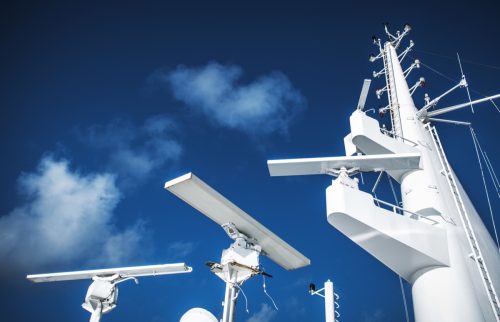
The US Navy possessed knowledge of the implosion of the ill-fated Titan submersible days before its disappearance, The Wall Street Journal reported. The implosion was recorded on Sunday by a secret monitoring system specifically designed to detect underwater anomalies, as disclosed in a report by Journal.
This development adds a new layer of intrigue to the mysterious incident surrounding the Titan submersible, which has gripped the world’s attention.
2
”Detection Would Have Been Child’s Play for Navy”
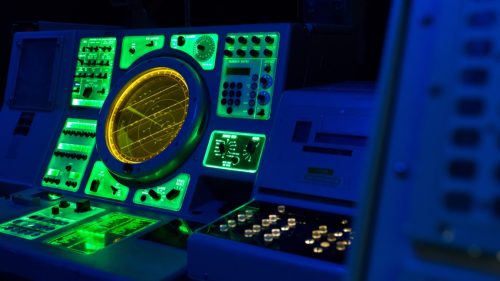
According to a senior US Navy official, an analysis of acoustic data revealed an anomaly consistent with an implosion or explosion in the vicinity of the submersible’s last known location. While this information is not conclusive, it was promptly shared with the Incident Commander to aid in the ongoing search and rescue mission.
The Navy’s subsequent collaboration with the Coast Guard underscores the gravity of the situation and the urgent need for answers.
3
US Navy Has Been Quietly Investing in an Advanced Deep-Sea Sensor Network
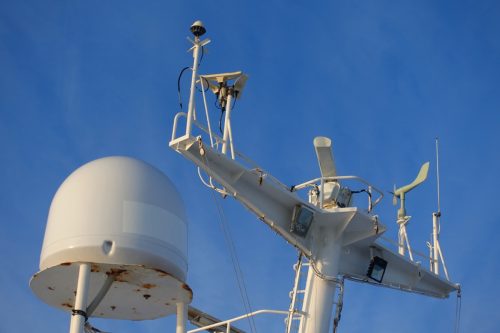
Experts in naval and underwater research have expressed their astonishment at the Navy’s alleged prior knowledge of the Titan submersible’s implosion. Steffan Watkins, an aircraft and naval research consultant, disclosed that the US Navy has been quietly investing in an advanced deep-sea sensor network over the past five years. This network, which remains largely undisclosed, is designed to detect even the stealthiest and most sophisticated submarines. Watkins believes that identifying narco submarines and questionable submersibles that implode would be a trivial task for such advanced underwater detection technology.
Mark Cancian, a senior adviser at the Center for Strategic and International Studies, echoed Watkins’ sentiments, stating that he would have been surprised if the military’s sensors had not detected the implosion. Cancian highlighted the limitations of interpreting data represented as mere lines on a graph, emphasizing the need for more concrete evidence to convince the public that the Navy was actively engaged in the search operation.
4
Wreckage Found Near Titanic
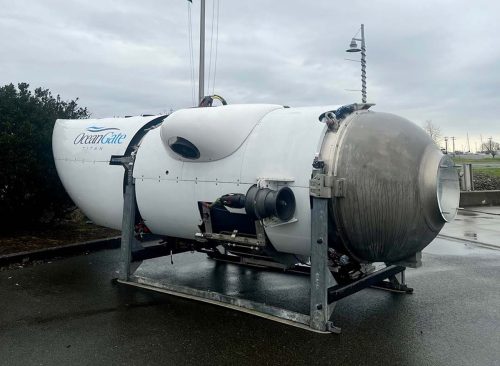
On Thursday, the US Coast Guard made a grim announcement, stating that wreckage from the Titan submersible had been located near the site of the Titanic’s remains, lying approximately 12,400 feet below the surface. This discovery marked the conclusion of a four-day search-and-rescue operation that gripped the world’s attention. The debris found on the sea floor was consistent with the implosion of the submersible’s pressure chamber, indicating a catastrophic event.
5
Passengers Presumed Dead
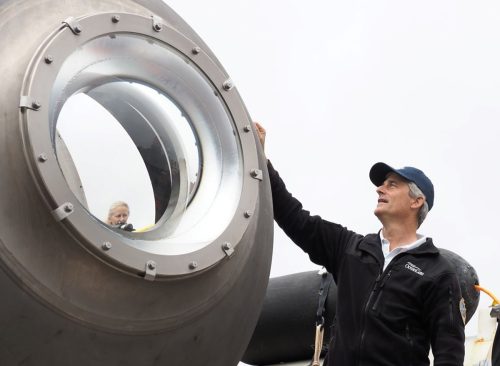
OceanGate Expeditions, the operator of the ill-fated submersible, declared that the five passengers aboard the Titan are presumed dead. The news sent shockwaves through the international community, as hopes for a miraculous rescue were dashed. Rear Admiral John Mauger of the US Coast Guard cautioned against premature conclusions regarding the timing of the implosion in relation to the submersible’s last communication. However, he confirmed that the sonar buoys employed by search teams in subsequent efforts failed to detect the implosion.
6
The Search for Answers Continues
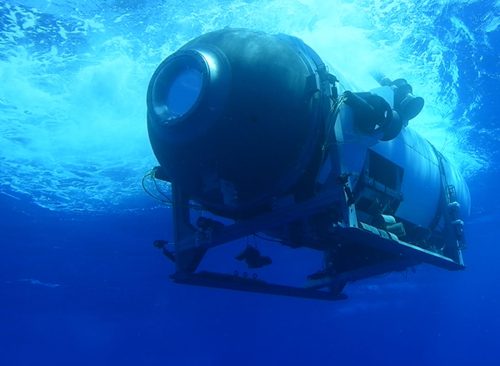
Despite the conclusion of the search-and-rescue operation, the US Coast Guard remains committed to uncovering further clues surrounding the fate of the Titan submersible. Additional search efforts near the Titanic wreck site will be conducted in the hopes of shedding light on the events leading to the implosion. The recovery of the submersible and the remains of the five men who tragically lost their lives also remains an ongoing priority.
The global community watches with bated breath as investigators delve deeper into the circumstances surrounding this unprecedented incident. The implications of the US Navy’s alleged foreknowledge of the implosion raise many questions about the extent of their monitoring capabilities and the protocols in place for responding to such events. As the search for answers continues















